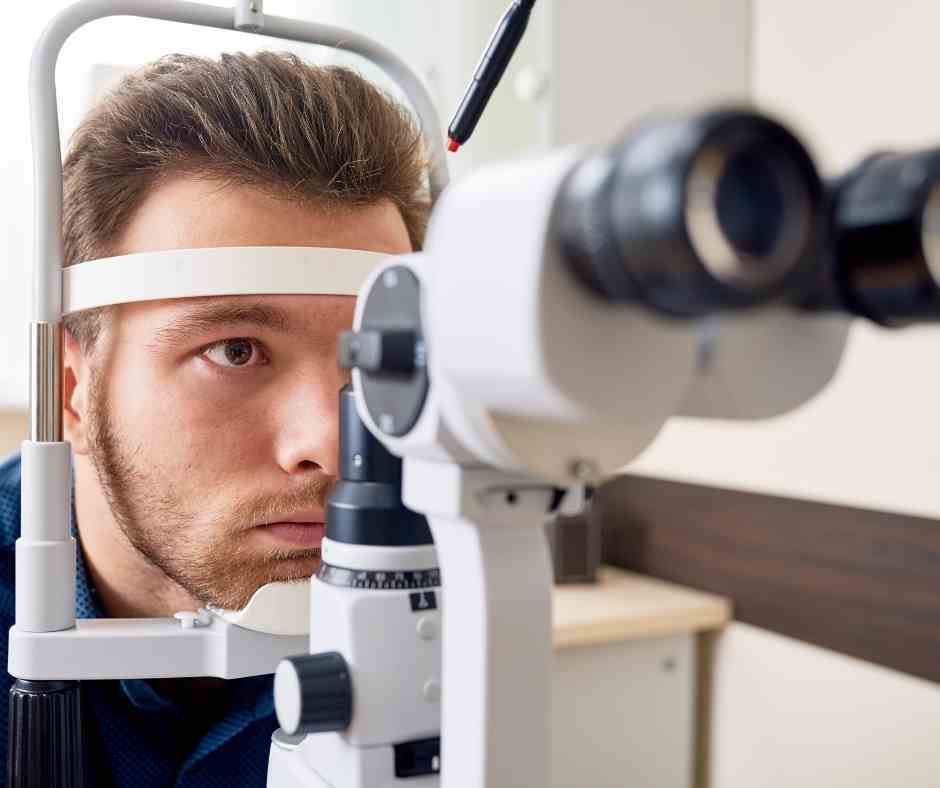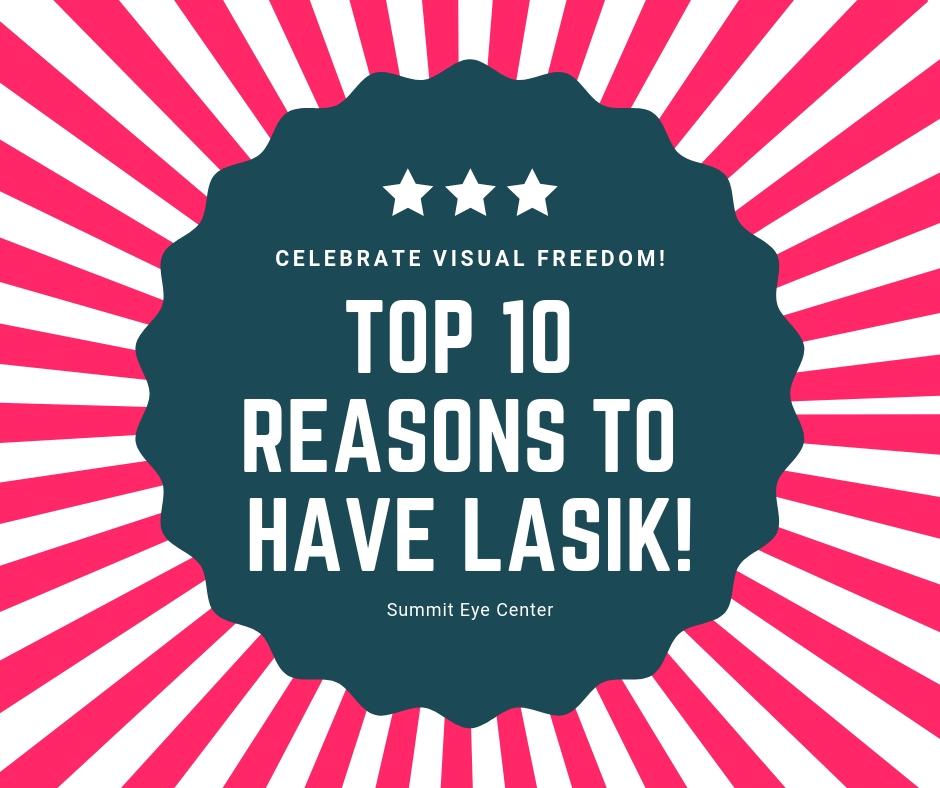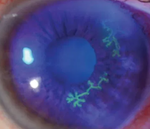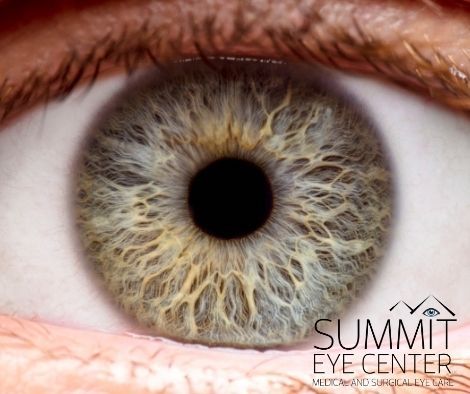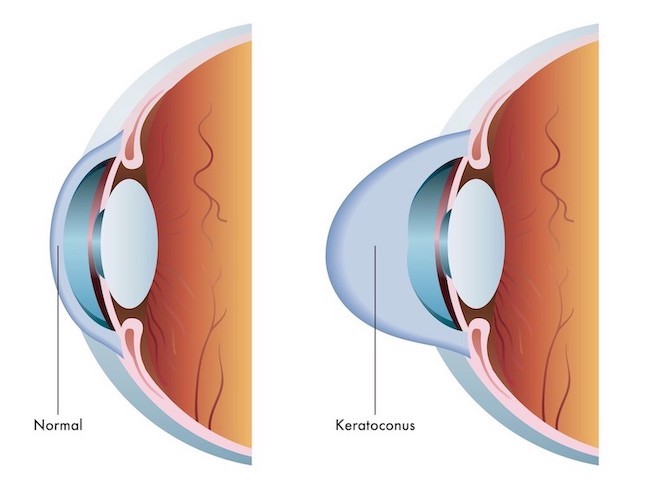
We are fast approaching the end of 2019. The end of the year is a great time to reflect on things in your life that need to be addressed, whether it is fixing that leaky faucet or addressing a nagging health problem. It seems fitting that in the year 2020 we should strive to maximize our vision and eye health. Below are 4 eye related conditions to address in 2020.
Dry Eye
Dry eye affects up to 50% of the adult population according to some studies. It presents with numerous symptoms from blurry or fluctuating vision to red, irritated eyes. What we think of, as eyestrain from working on a computer usually is actually dry eye. Just as there are numerous symptoms and presentations of dry eye, there are also numerous treatment options. There is no reason to continue to suffer. Your eye doctor will take an individualized approach, providing treatment that is unique to your particular situation.

